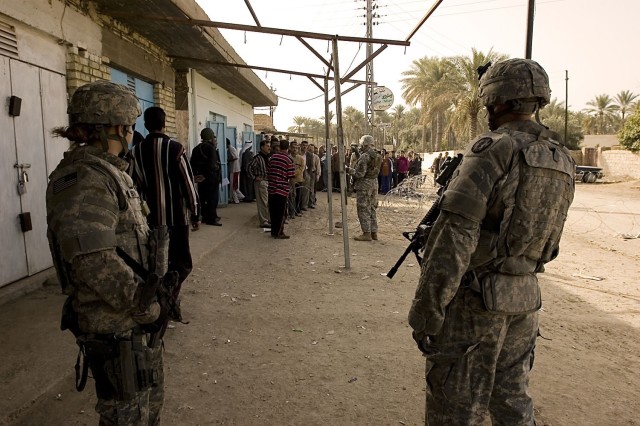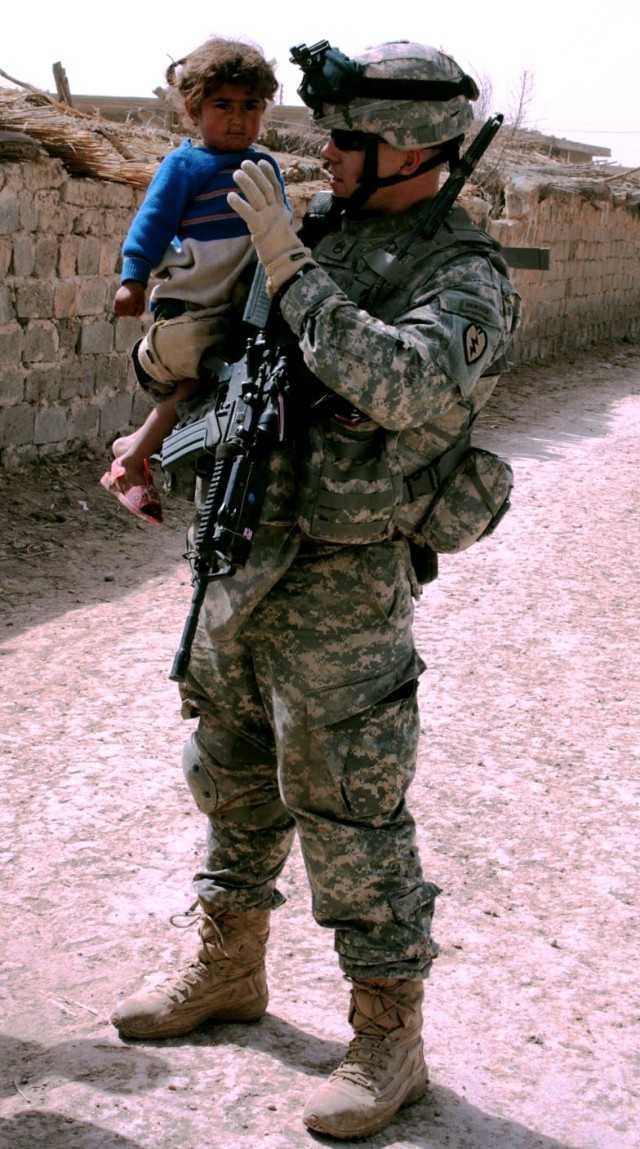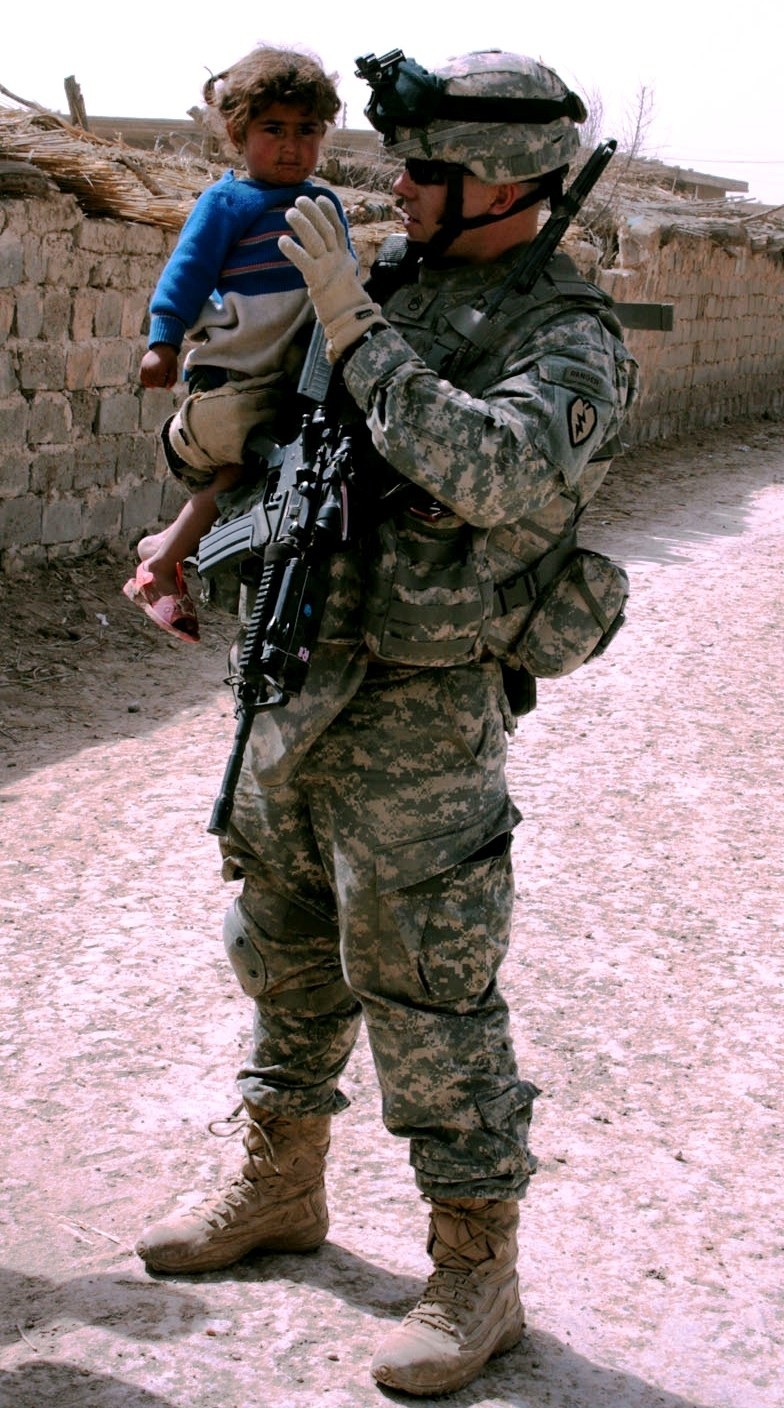WASHINGTON (Army News Service, March 7, 2008) -- When it comes to conducting stability operations, a new core mission for Soldiers, the Army wonAca,!a,,ct be going it alone.
Aca,!A"For the mechanism of stability, there are four dimensions,Aca,!A? said Maj. Gen. David A. Fastabend, Army director of strategy, plans and policy, for the Office of the Deputy Chief of Staff. Aca,!A"You need to be able to compel, control, influence and support. All of these things have to work together. But this cannot be a military function, and certainly not solely an Army function, but an operation that requires all elements of national of power.Aca,!A?
Elements of national power include agencies that exert diplomatic, international, military or economic power. One element of national power the Army will work alongside is the U.S. Department of State.
As part of itAca,!a,,cs contribution to stability operations, the State Department will create a cadre of skilled civilians that can deploy, when needed, to countries in crisis, said Ambassador John E. Herbst, coordinator for the Office of Reconstruction and Stabilization, U.S. Department of State.
Aca,!A"This is a significant capability that would greatly enhance our national security,Aca,!A? he said. Aca,!A"WeAca,!a,,cve seen a need for trained and skilled civilians operating as teams in current operations in Iraq and Afghanistan. We would be able, in a crisis, to deploy anywhere from 900 to 1,200 civilians to operate command and control systems for all civilian operations within two months of a decision.Aca,!A?
That deployable cadre of civilians would possess skills useful in a country where the government is not properly functioning: engineers, policemen, judges, corrections officials, lawyers, public administrators, public health officials and city planners to name a few.
Many of those civilians would be employed by either the State Department, United States Agency for International Development or other agencies. Some would need to be able to deploy in as few as 48 hours.
Other civilians involved in the program would be part of a Aca,!A"Civilian Reserve Corps,Aca,!A? made of volunteers from local and state governments. Those individuals would sign on for a four- year obligation to serve for up to one year, if called upon.
Soldiers participating in stability operations will also need to possess skills other than those needed for warfighting, including securing local populations and infrastructure, providing civil control, and developing infrastructure. The ArmyAca,!a,,cs Training and Doctrine Command along with headquarters Department of the Army are working now to develop tactics, techniques and procedures to better prepare Soldiers for conducting stability operations.




Social Sharing